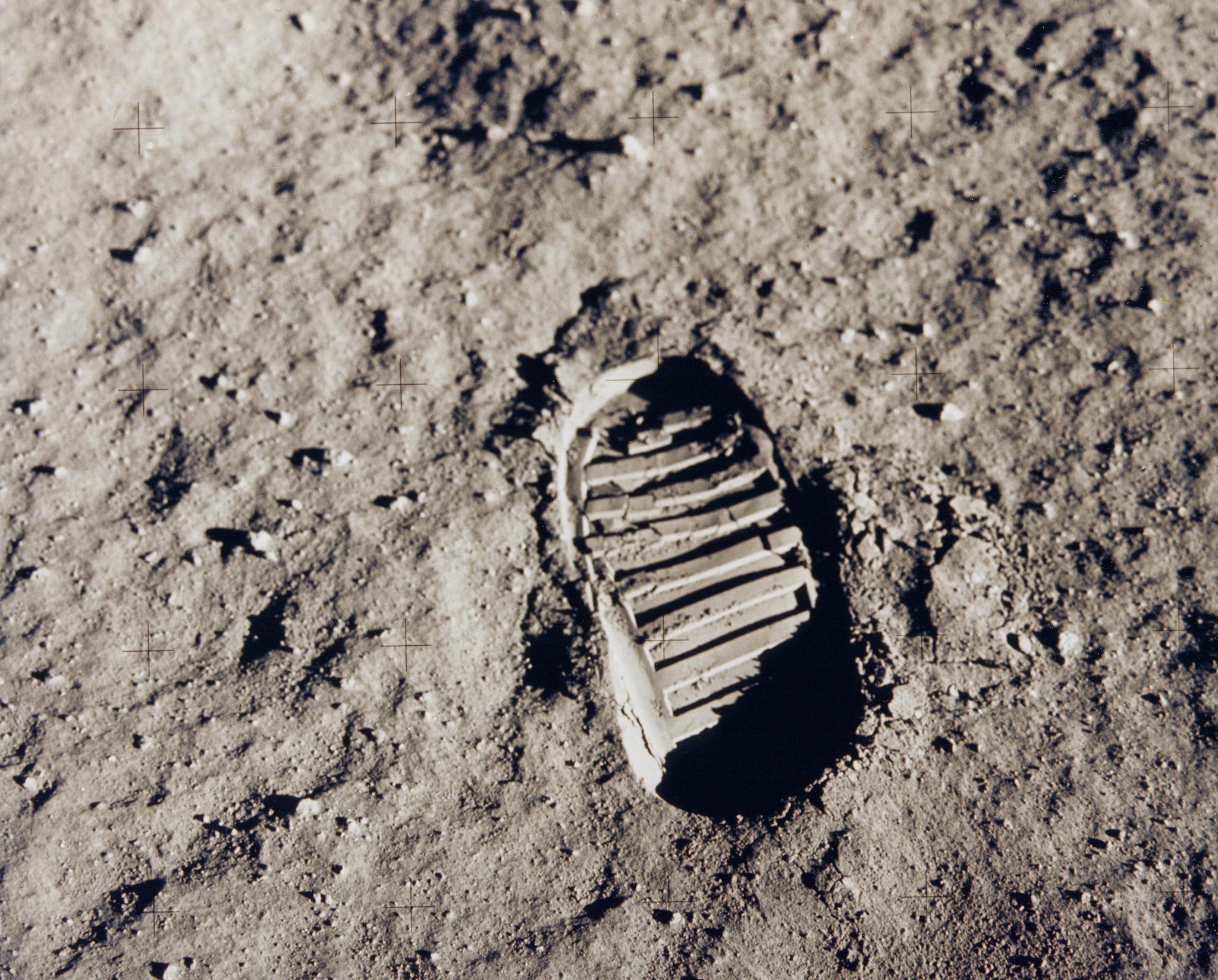Moon dust to go on sale – but Nasa doesn't want people to be able to be able to buy it
The bag was originally bought by accident

Your support helps us to tell the story
This election is still a dead heat, according to most polls. In a fight with such wafer-thin margins, we need reporters on the ground talking to the people Trump and Harris are courting. Your support allows us to keep sending journalists to the story.
The Independent is trusted by 27 million Americans from across the entire political spectrum every month. Unlike many other quality news outlets, we choose not to lock you out of our reporting and analysis with paywalls. But quality journalism must still be paid for.
Help us keep bring these critical stories to light. Your support makes all the difference.
A pouch of real moon dust could be yours. But it comes with a whole lot of baggage.
The rocks from the moon's planet are going on sale in an auction. But anyone who buys them is risking the wrath of Nasa, which says that the rocks should belong to it.
The collection bag was used by Neil Armstrong during the first manned mission to the moon in 1969.
It will go on sale at New York's Sotheby's as part of a collection of space-related memorabilia. Estimates of how much it could fetch range of from $2 million to $4 million.
That means that it could lead to a healthy profit for its current owner – who bought it for less than $1,000 and did so apparently by accident.
The important artefact was accidentally sold in an online government auction after it was misidentified. Nasa says that since it was sold by mistake it should be returned to the US government – but has lost that argument.
In December, a federal judge ruled that it legally belonged to a Chicago-area woman who bought it in 2015 for $995.
Sotheby's declined to identify the seller. However, details of the 2015 purchase were made public during the court case.
Investigators unknowingly hit the moon mother lode in 2003 while searching the garage of a man later convicted of stealing and selling museum artifacts, including some that were on loan from NASA.
The 30-by-20-centimeter bag was misidentified and sold at an online government auction.
Nancy Carlson, of Inverness, Illinois, got an ordinary-looking bag made of white Beta cloth and polyester with rubberized nylon and a brass zipper.
Carlson, a collector, knew the bag had been used in a space flight, but she didn't know which one. She sent it to NASA for testing, and the government agency, discovering its importance, fought to keep it.
The artifact "belongs to the American people," NASA said then.
U.S. District Judge J. Thomas Marten in Wichita, Kansas said that while it shouldn't have gone up for auction, he didn't have the authority to reverse the sale. He ordered the government to return it.
The judge said the importance and desirability of the bag stemmed solely from the efforts of NASA employees whose "amazing technical achievements, skill and courage in landing astronauts on the moon and returning them safely have not been replicated in the almost half a century since the Apollo 11 landing."
When it comes to moon landings, Thursday's auction is far from the final frontier.
A group called For All Moonkind, Inc. mentioned the moon bag this week while campaigning for "measures to preserve and protect the six Apollo lunar landing sites."
It plans to take up the issue next month at the Starship Congress 2017 in California.
Additional reporting by Associated Press
Join our commenting forum
Join thought-provoking conversations, follow other Independent readers and see their replies
Comments